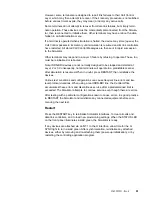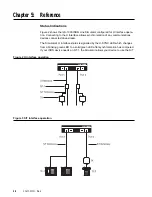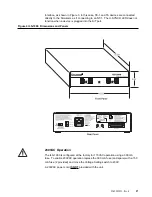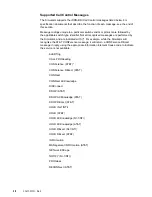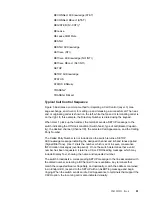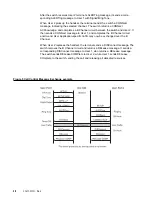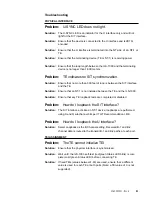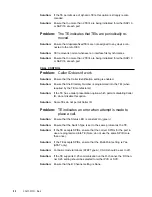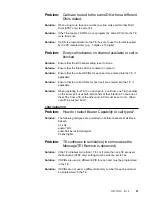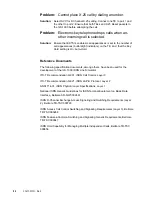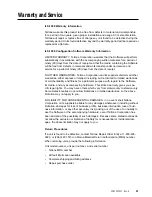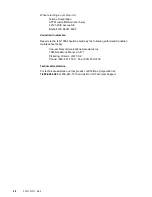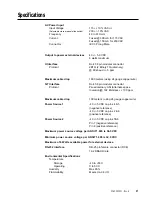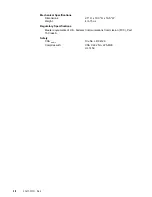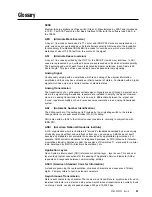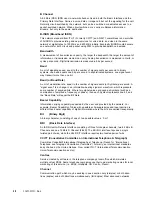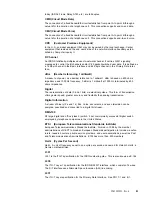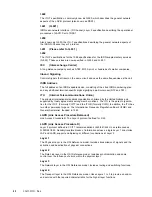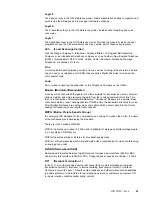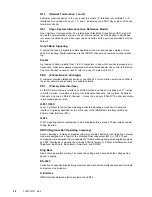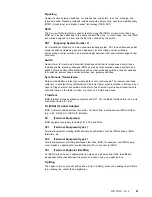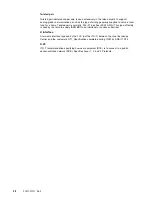
40-400-00001, Rev. A
39
Glossary
5ESS
Medium-to-Large digital end office switch (Class 5). Manufactured by AT&T and introduced
in 1981. First AT&T switch to offer Basic Interface ISDN (with the software load 5E4.2) in
the 1980’s.
AMI
(Alternate Mark Inversion)
A Layer 1 line-code scheme used in T1 carrier and ISDN PRI. Zeros are expressed as no
volts, and ones are expressed as volts that alternate polarity. AMI was also the foundation
for proprietary (Pre-National ISDN) BRI line codes for outside wire, which were limited to
distances of about 10,000 feet from the source of the signal.
ASI
(Alternate Space Inversion)
A Layer 1 line code specified by the ITU-T for the BRI S/T (inside wire) interface. In ASI,
ones are represented by no volts and zeros are expressed as volts which alternate polarity.
The beginning and end of each frame is denoted by bipolar violations. Each frame is 48
bits in length. This type of line code is also knows as pseudo-ternary signaling.
Analog Signal
Continuously varying with an amplitude which is an analog of the original information,
amplitude and thus may have virtually an infinite number of states. Contrasted with a digital
signal which has only a very limited number of discrete states.
Analog Transmission
The transmission of a continuously variable signal. Signals are sent through a system, and
where the signal strength weakens, repeaters are installed to amplify the signal. However,
since in an analog transmission there is no way to differentiate between the :signal and
“noise”, repeaters amplify both, and noise becomes cumulative in an analog transmission
system.
ANI
(Automatic Number Identification)
The billing number of the calling party. Provided by the originating switch to the interex-
change carrier over equal access trunks (FG-D) for billing.
ANI is also sold by IECs to their direct connect customers, normally in conjunction with
ISDN PRI.
ANSI
(American National Standards Institute)
A U.S. organization which is chartered to “accredit” standards developed by a wide variety
of industry groups without undue influence from any one company. ANSI does not itself
develop any standards but accredits those developed by appropriate organizations. For
example, ANSI accredits standards for telephone developed by ATIS (Alliance for Telecom-
munications Industry Solutions) under the auspices of Committee T1, standards for cellular
radio developed by EIA/TIA (Electronic Association), etc.
Application Layers
Open Systems Interconnect (OSI) reference model top layer - layer seven. This end user
layer sets up logical connections for the passing of Application Service Elements (ASEs)
requests and responses between communicating entities.
ASCII (American Standard Code for Information)
A standard governing the representation of various characters as a sequence of binary
digits. Primarily refers to text in personal computers.
Asynchronous Transmission
Data is sent character by character. The receiver and transmitter are synchronized for each
individual character via a start and stop pulse. Asynchronous transmission is normally found
on dial up circuits, usually at speeds between 300 and 19,2000 bps.

